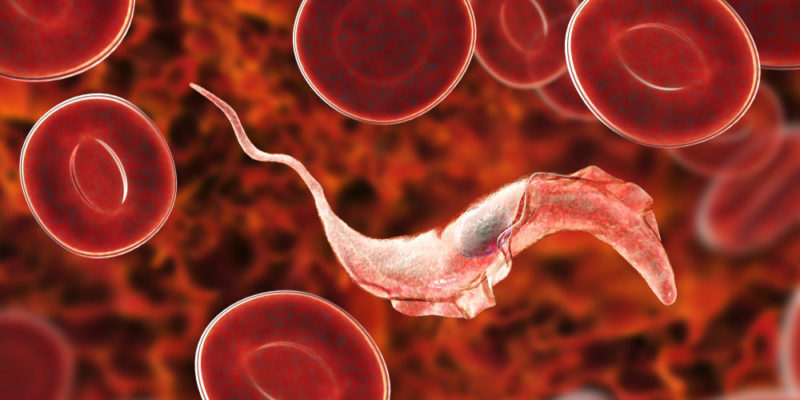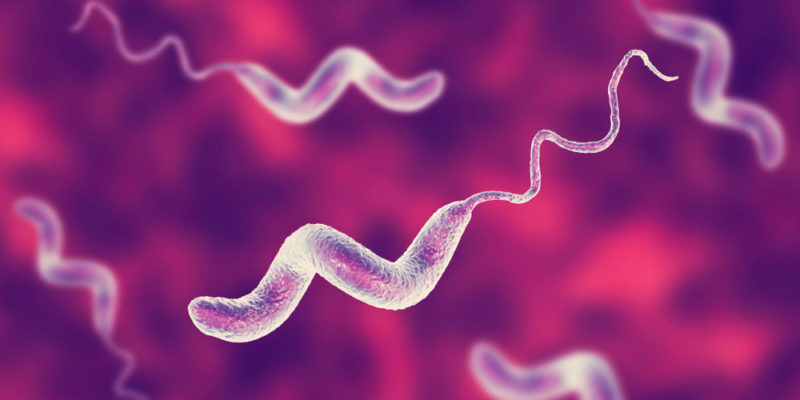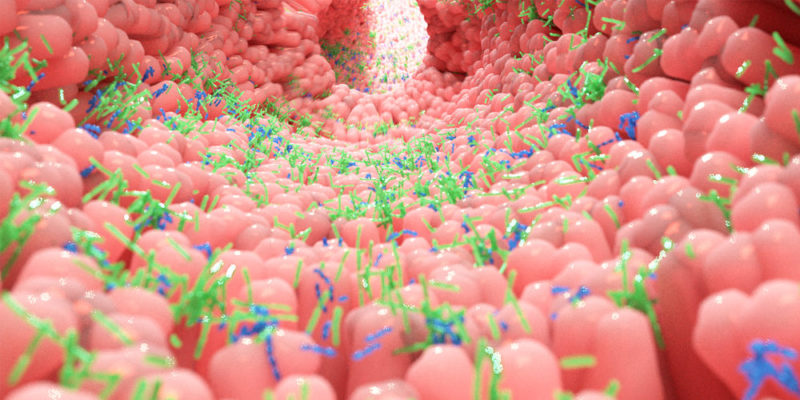We explain what bacteria are, how they are classified and the evolution of these organisms. In addition, its characteristics, reproduction and more.
What are Bacteria?
Bacteria are one of the oldest and most abundant forms of microscopic life on planet Earth , distributed throughout all possible habitats and even in the digestive tracts of higher animals .
Bacteria are responsible for many of the decomposition processes and therefore recycling of organic matter and energy , as well as the fixation of atmospheric nitrogen . At the same time, some of them are capable of parasitizing living beings , both animals and plants, through what is known as infections.
Although many species of bacteria have been able to be cultivated in the laboratory and are used in different food-making processes, in reality a large percentage of the existing species remain undescribed .
Diseases caused by bacteria are numerous, both in humans and animals, and are fought with various strains of drugs called antibiotics .
Biological classification of bacteria
Although the word 'bacteria' was initially used to describe all microscopic organisms , before biological and medical studies allowed us to distinguish the various types of microbes, today they are recognized as one of the six kingdoms of life according to the most recent classification.
In previous models they were located together with archaea (or archaebacteria ) in the same kingdom called moneras , which is a name for prokaryotic beings (those that do not have their genetic material contained in a cell nucleus ). But they present fundamental and distinctive biochemical differences towards these.
Evolution of bacteria

The oldest known bacteria originated together with archaea about 4 billion years ago , constituting the first prokaryotic unicellular organisms . For thousands of years these will have been the dominant life forms on the planet, but it is still unknown which of the two will have emerged first.
Distinguishing features of bacteria
Bacteria are single-celled organisms varied in shape and behavior . There are pathogenic and harmless bacteria, free-living and parasitic, that photosynthesize and feed on other cells , with or without organs to move around.
However, most of them are ten times smaller than eukaryotic cells (with a defined nucleus) and have a cell wall composed of peptidoglycan. They are simple microscopic beings (barely bigger than viruses ), and a membrane similar to that of animal and plant cells .
Types of bacteria

According to their extremely varied shape, it is possible to classify bacteria into three broad categories:
Coconuts
- Those spherical bacteria. In turn, they are classified as:
- They are shaped like two adjoining spherical grains.
- They are shaped like four adjoining spherical grains.
- They are shaped like spherical grains in chains.
- They are shaped like irregular, cluster spherical grains.
Bacilli Rod-shaped bacteria.
- Helical shapes. Those bacteria with a more or less spiral shape, in turn divided into three groups:
- Vibrio. Slightly curved, comma-shaped.
- Spirilum They have a rigid helical shape.
- Spirochaete. They are shaped like a corkscrew.
Feeding the bacteria
Bacteria, according to their sources of energy, can be of two types:
- Autotrophs. Those that generate their own energy, using carbon dioxide (CO 2 ) either through photosynthesis processes (phototrophs) or the use of nitrogen or sulfur (chemotrophs).
- Heterotrophs. They must be nourished from the consumption of organic matter, coming from other living beings, such as bacteria that decompose the meat of dead animals.
Displacement of bacteria

Bacteria reproduce asexually , through a cell division called mitosis, once one has reached the right size. As a result, two new identical bacteria are formed, which can be, in particularly fast cases, every 9.8 minutes.
Another form of reproduction that they have is budding , a process in which a bacterium produces a protrusion of its body and little by little it turns it into a totally new, but identical individual.
Some bacteria have certain forms of sexual reproduction (two individuals contribute genetic material to form one, new and different from both), called bacterial conjugation. Two of them exchange genetic material and replicate to give rise to four new and genetically distinct ones.
Human diseases caused by bacteria
There are very many human diseases of bacterial origin, some of them well known, such as syphilis, gonorrhea, pneumonia, cholera, diphtheria, tuberculosis, scarlet fever, leprosy or anthrax.
Bacterial flora

Contrary to what it might seem, not all bacteria in our body cause infections. Many of them are part of the bacterial flora in our intestines, helping us break down food and deal with nutrients. Only in cases of immunosuppression (weakness of the immune system ) these bacteria can become a problem.
The above content published at Collaborative Research Group is for informational and educational purposes only and has been developed by referring reliable sources and recommendations from experts. We do not have any contact with official entities nor do we intend to replace the information that they emit.
MA student of the TransAtlantic Masters program at UNC-Chapel Hill. Political Science with a focus on European Studies. Expressed ideas are open to revision. He not only covers Technical articles but also has skills in the fields of SEO, graphics, web development and coding. .
Leave a reply
Your email address will not be published. Required fields are marked *Recent post

Sport: What Is It, Types, Risks, Features, Characteristics and Examples

Dogs: Emergence, Features, Characteristics, Feeding and Breeds

Story: Definition, Elements, Structure, Features and Characteristics

